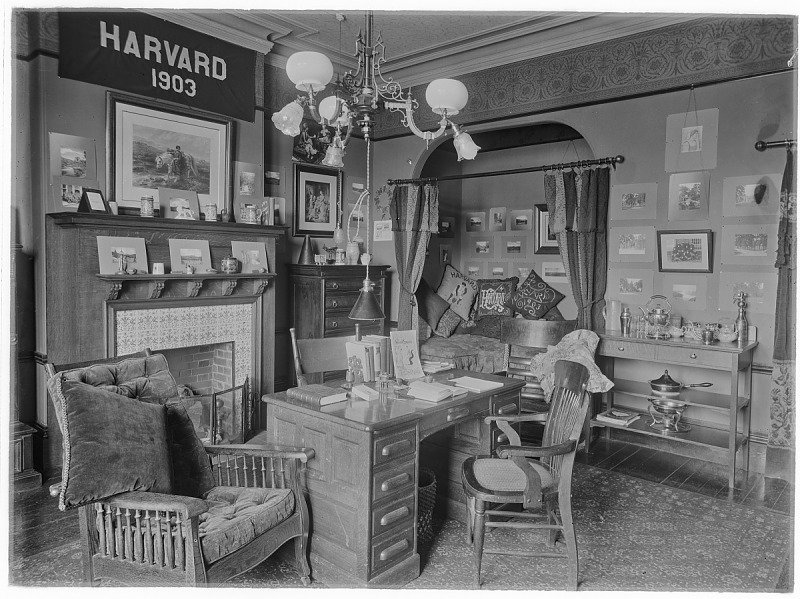ENR (December 7, 2023) University of Michigan Signs P3 for $631M Student Housing Project
Today we break down public consultation notices for literature that sets the standard of care for the safety and sustainability of student housing in K-12 prep schools, colleges and universities. We deal with off-campus housing in a separate session because it involves local safety and sustainability regulations; most of which are derived from residential housing codes and standards.
The topic cuts across many disciplines and standards setting organization bibliographies. We usually set our bearing with the following titles:
2021 International Building Code: Section 310 Residential Group R-2 + related titles such as the IFC, IMC, IPC, IECC
2021 Fire Code: Chapter 6 Classification of Occupancy + related titles such as NFPA 70B, NFPA 72 and NFPA 110
2023 National Electrical Code: Articles 210-230 + related Articles 110 and 410
ASHRAE 90.1 Energy Standard for Buildings Except Low-Rise Residential Buildings: Annex G
Like any other classification of real property the average cost for room and board for a public university student dormitory depends on several factors such as the location of the university, the type of dormitory, and the meal plan options. According to the College Board, the average cost of room and board for the 2021-2022 academic year at a public four-year in-state institution was $11,620. However, this figure can range from around $7,000 to $16,000 or more depending on the specific institution and its location. It’s important to note that this average cost only includes the basic meal plan and standard dormitory room. Students may also have additional costs for a larger or more luxurious dorm room, a premium meal plan, or other expenses such as laundry or parking fees.
According to ring Rider Levett Bucknall, a global property and construction consultancy firm, the average construction cost for a student housing facility in the United States in 2021 was around $202 per square foot. However, this figure can range from around $150 to $300 per square foot or more depending on the specific project. Life cycle cost for new facilities with tricked out net-zero gadgets is hard to come by at the moment.
Because money flows freely through this domain we examine scalable densities and the nature of money flow patterns; partially tracked by the Electronic Municipal Market Access always on the standing agenda of our Finance colloquium.
More
National Institute of Standards & Technology: The Character of Residential Cooktop Fires
Deserted College Dorms Sow Trouble for $14 Billion in Muni Bonds
Here are a few pros and cons of private sector construction of university-owned student housing:
Pros:
- Increased housing availability: Private sector developers may be able to build more student housing units than a university could build on its own, which can help to alleviate the shortage of on-campus housing for students.
- Faster construction: Private developers may be able to complete construction projects faster than universities, which can help to reduce the amount of time that students must wait for new housing options.
- Reduced financial burden on the university: The cost of building and maintaining student housing can be significant, and private sector developers may be willing to bear some of these costs. This can help to reduce the financial burden on the university and free up resources for other initiatives.
- Professional management: Private developers may have more experience managing large housing projects and may be able to provide more professional management services than a university could provide on its own.
Cons:
- Higher costs for students: Private developers may charge higher rents than a university would charge for student housing, which can make housing less affordable for some students.
- Reduced university control: Private developers may have different priorities than a university would have when it comes to building and managing student housing. This can lead to a reduced level of control for the university over housing quality, management, and policies.
- Potential conflicts of interest: Private developers may be more focused on making a profit than on meeting the needs of students or the university, which can create potential conflicts of interest.
- Less transparency: Private developers may not be subject to the same level of transparency and accountability as a university would be when it comes to housing policies, decision-making processes, and financial management.
It’s important to note that these pros and cons may vary depending on the specific circumstances and context of each individual university and private sector partnership.









